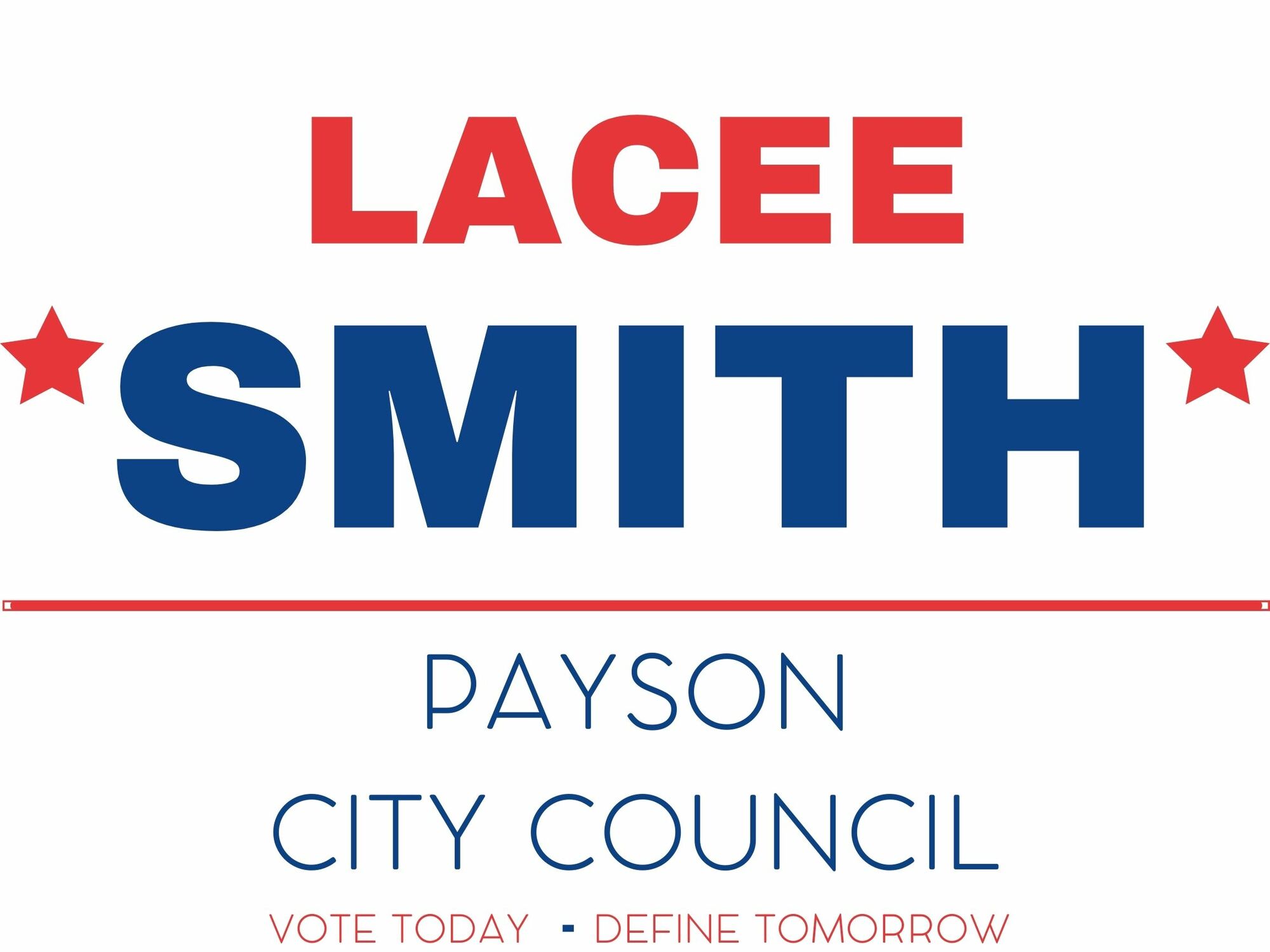
Rising Cost of City Utilities
Understanding the Issue:
The burden of rising utility bills is a challenge we cannot ignore, impacting the livelihoods and financial stability of families and businesses in our community.
The cost of utilities, including electricity, water, and gas, has been steadily increasing. Factors such as growing demand, infrastructure upgrades, and fluctuating energy prices contribute to this rise. As your representative, I am committed to finding sustainable solutions to alleviate this financial strain on our community.
Proposed Solutions:
1. Promoting Energy Efficiency:
We need to empower our community with knowledge about energy-saving practices and promote energy-efficient technologies. Simple steps like weatherproofing homes, using energy-efficient appliances, and adopting LED lighting can significantly reduce utility bills.
2. Lobbying for Fair Regulatory Policies:
As your advocate on the city council, I will work tirelessly to ensure that regulatory policies support fair pricing for utilities. I will collaborate with state and federal representatives to push for legislation that protects consumers and ensures utility providers are held accountable for reasonable pricing.
3. Educating the Community:
Knowledge is power. I will organize educational programs and workshops to inform residents about managing utility usage efficiently and understanding their bills. Empowering our community with information will enable them to make informed decisions that positively impact their utility costs.
4. Financial Audit and Budget Analysis:
Auditing the reasons behind rising city utilities involves a thorough examination of various factors that contribute to the increase in utility costs. Here are some ideas on how to approach this audit:
A. Review Utility Bills and Usage Trends:
- Examine historical utility bills for the past several years to identify patterns and trends in utility usage and costs.
- Analyze consumption data to see if there has been a significant increase in usage or if it aligns with the city's growth and population changes.
B. Assess Infrastructure and Maintenance:
- Evaluate the condition and age of utility infrastructure (water, gas, electricity) to determine if maintenance and upgrades are necessary, potentially driving up costs.
- Investigate any recent or ongoing infrastructure projects and their associated costs to determine their impact on utility expenses.
C. Analyze Tariffs and Rate Structures:
- Evaluate the city's utility rate structure and tariffs to understand how pricing is determined and if there have been recent changes or increases in rates.
- Compare the current rate structure with historical rate structures to identify any significant changes that may explain the rise in utility costs.
D. Examine Efficiency and Conservation Initiatives:
- Investigate energy and water conservation programs implemented by the city to determine their effectiveness in reducing consumption and costs.
- Evaluate the adoption of energy-efficient technologies and their impact on reducing utility consumption and associated expenses.
E. Assess Government Policies and Regulations:
- Investigate federal, state, or local government policies or regulations that may have changed and affected utility costs or pricing structures.
- Determine if there have been any tax changes or subsidies that have influenced utility expenses for the city.
F. Engage with Utility Providers:
- Consult with utility providers to understand their billing practices, cost structures, and any recent changes that could impact the city's utility expenses.
- Request information on how external factors like market conditions or supply chain disruptions might be affecting utility costs.
G. Survey City Departments and Facilities:
- Survey various city departments and facilities to gather information on their utility usage and identify areas where consumption can be optimized.
- Identify any instances of inefficient use or wastage that may be contributing to higher utility bills.
H. Engage with Stakeholders and Community:
- Obtain feedback from residents, businesses, and other stakeholders regarding their utility usage patterns, concerns, and any perceived changes in utility costs.
- Consider conducting public hearings or surveys to gather input on utility costs and the community's expectations regarding utility services.
I. Financial Audit and Budget Analysis:
- Conduct a financial audit to ensure that funds allocated for utility expenses are being used appropriately and effectively.
- Review the city's budget allocation for utilities and compare it with actual expenditures to identify any discrepancies or overspending.
J. Forecast Future Utility Costs:
- Utilize data analysis and forecasting techniques to project future utility costs based on anticipated changes in consumption, infrastructure improvements, and rate adjustments.
- Provide recommendations for managing and mitigating potential future increases in utility expenses.
By implementing a comprehensive audit approach involving these ideas, you'll be able to gain valuable insights into the reasons behind the rising city utilities and formulate appropriate recommendations for managing and optimizing utility costs.
Your Voice Matters:
Your concerns are my concerns, and your ideas and input are invaluable. Together, we can work towards solutions that reduce the burden of rising utility costs on our community. I invite you to share your thoughts, concerns, and ideas on this issue. Let us build a future where everyone can afford essential utilities without compromising their financial stability.
